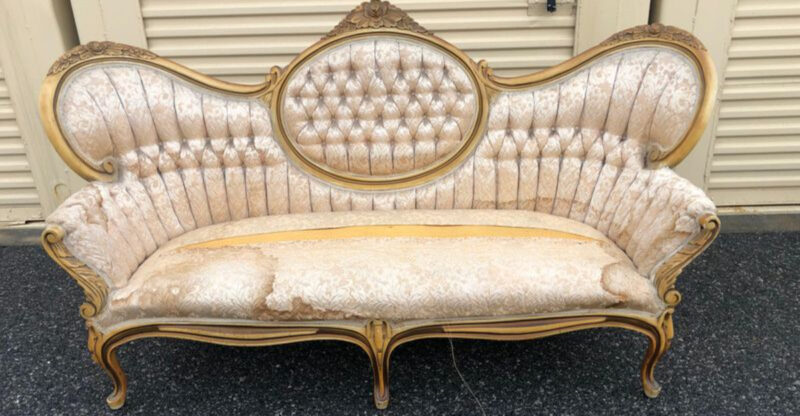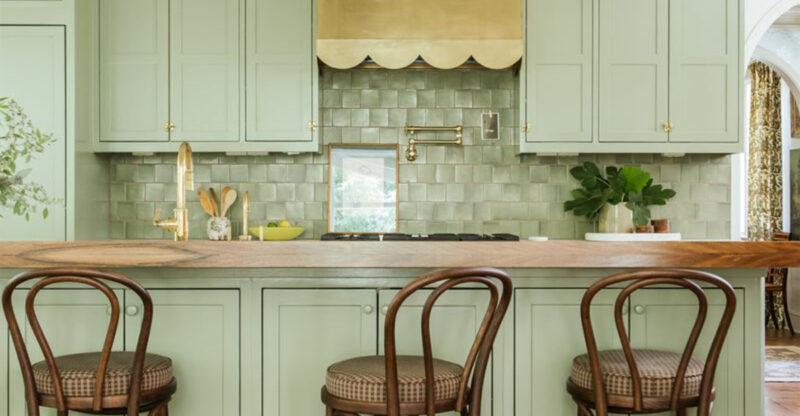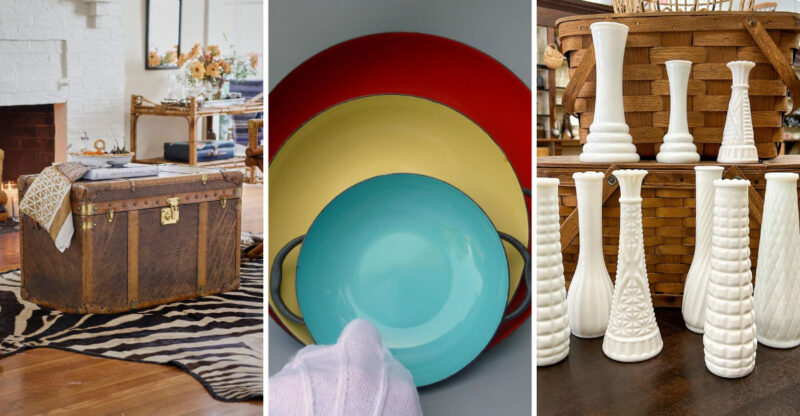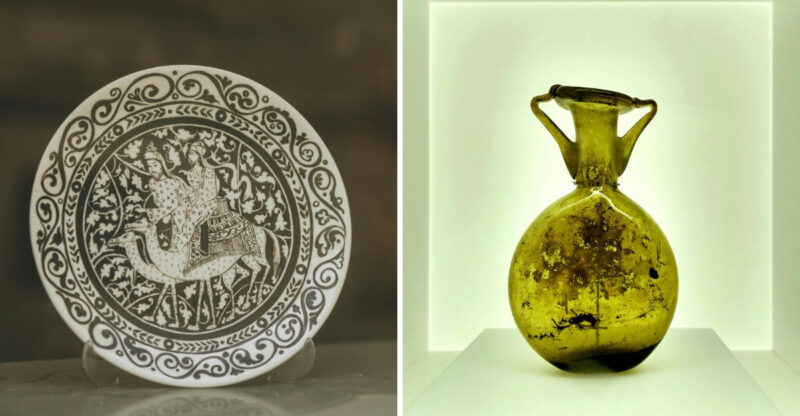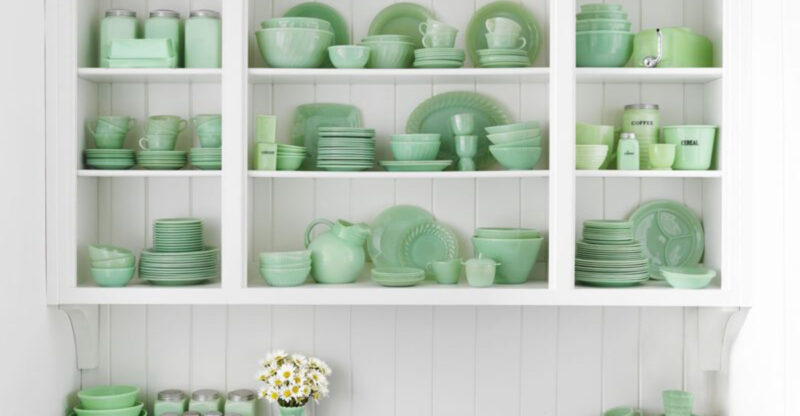21 Old-School Home Essentials No One Knows How To Use Anymore
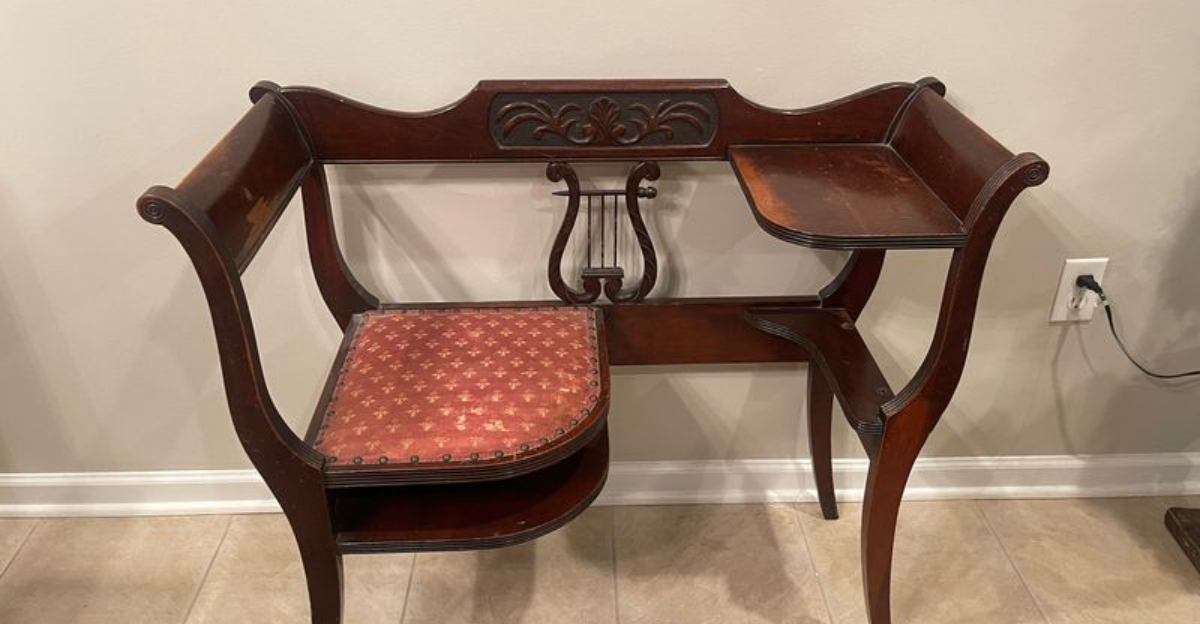
Remember those mysterious gadgets gathering dust in Grandma’s kitchen drawer? Our homes used to be filled with clever tools that solved everyday problems before technology simplified our lives.
Today’s generation might scratch their heads at these once-essential household items. Some might even mistake them for medieval torture devices or oddly specific potato mashers.
Time to rediscover these forgotten wonders that were staples in homes just a few decades ago.
1. Rotary Dial Telephone
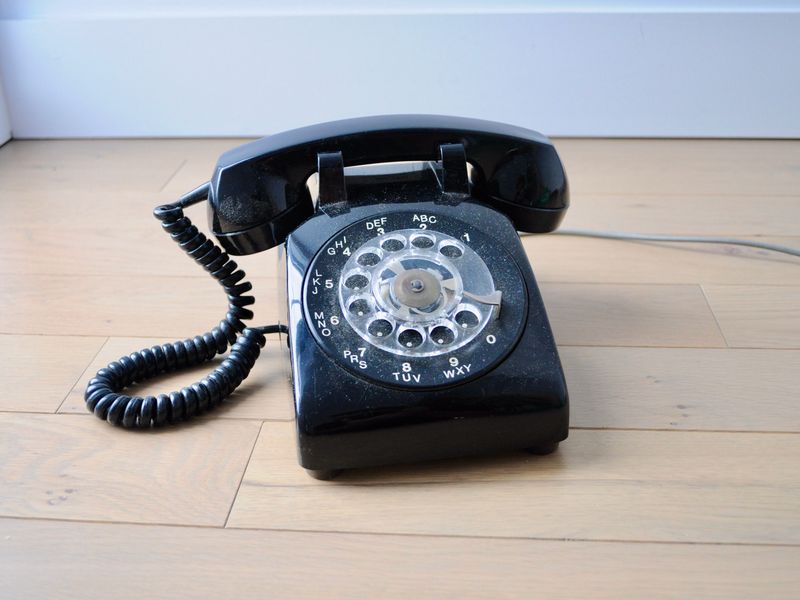
Younger folks stare blankly when faced with these circular wonders. Stick your finger in the numbered hole, rotate clockwise until you hit the metal stopper, then release and watch the dial spin back.
Repeat for each digit. The satisfying click-click-click sound announced each completed number to everyone in earshot.
Phone calls required commitment back then, no quick texts or emojis. Rotary phones taught patience, as dialing someone with multiple 9s or 0s in their number felt like an eternity!
2. Butter Churn
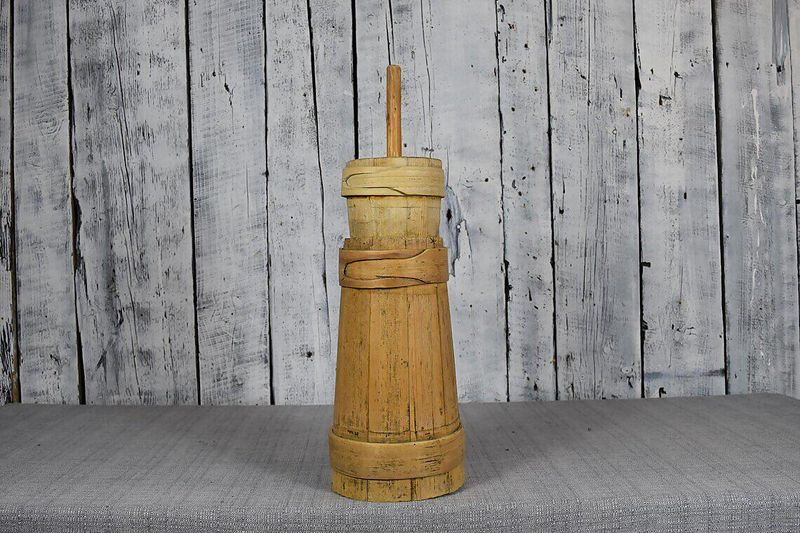
Long before grocery stores sold perfectly shaped butter sticks, families created their own creamy goodness. Pour heavy cream into the wooden barrel, then pump the plunger up and down repeatedly until fat molecules separate from buttermilk.
Churning demanded serious arm strength and could take 30-45 minutes of continuous motion. Children often took turns with this chore while adults handled other kitchen tasks.
The resulting fresh butter tasted unlike anything found in stores today. Slightly sweet with complex flavor notes from local cream.
3. Carpet Beater
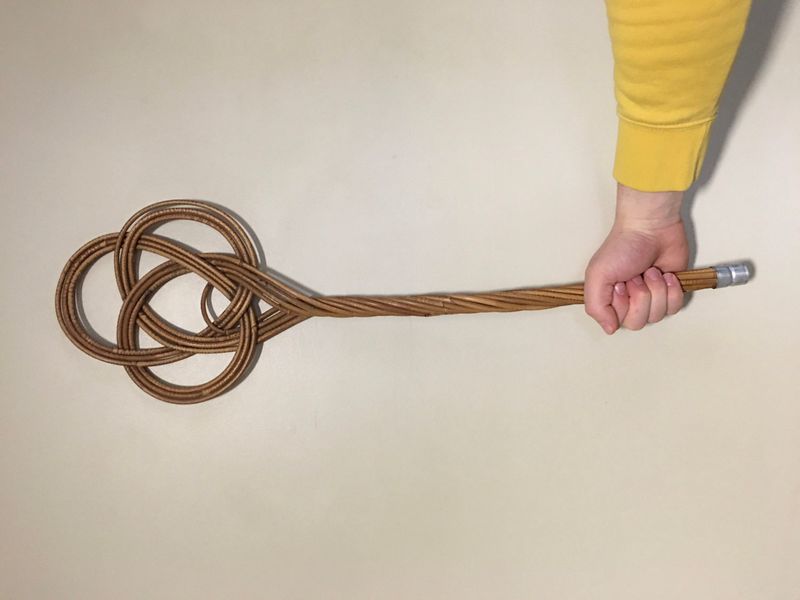
Ever wanted a workout and cleaner floors at the same time? Meet the original rage therapy tool, the carpet beater!
Before vacuum cleaners started humming through hallways, folks took their rugs outside and hung them over a clothesline. Then they unleashed fury with a wicker or wire paddle that looked like a badminton racket on a mission.
With every glorious thwack, clouds of dust exploded like you were exorcising demons from your decor. Sure, it got the job done, but it also doubled as arm day. After one medium rug, you’d start rethinking your life choices… or at least reconsider owning wall-to-wall carpet.
4. Ice Box

Before electric refrigeration, these wooden cabinets kept food cool using actual blocks of ice. The ice man delivered fresh blocks weekly, placing them in the top compartment where cold air would naturally flow downward to the food storage area.
A drip pan beneath collected melting water that required regular emptying. Families planned meals carefully around ice deliveries, knowing cooling power diminished as blocks melted.
Managing an ice box meant constant vigilance. Checking drip pans, monitoring food placement, and maximizing the dwindling coolness throughout the week.
5. Washboard
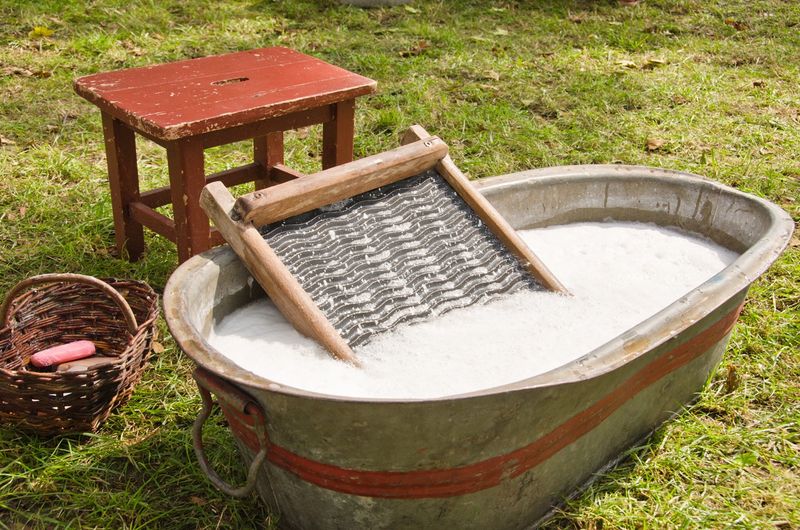
Laundry day used to involve serious elbow grease with these ridged metal or glass boards. Dip soiled clothing in soapy water, press against the ribbed surface, then scrub vigorously up and down to dislodge dirt and stains.
Your knuckles would routinely brush against the rough surface, leaving hands red and raw after a full laundry session. Most women developed calluses from weekly washing duties.
Though primitive by today’s standards, washboards effectively cleaned clothes through mechanical agitatio. The same principle modern washing machines use, just with much more human effort!
6. Darning Egg
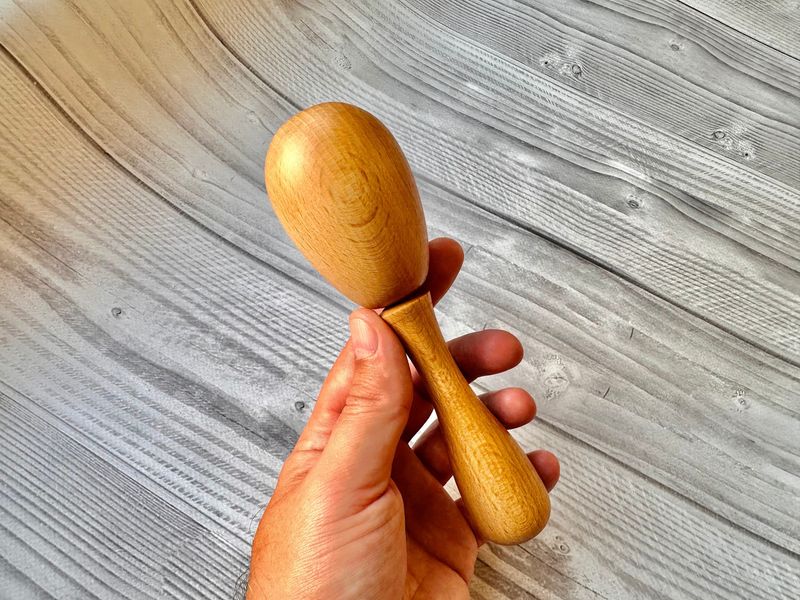
When socks developed holes, nobody rushed to buy new ones. Instead, this smooth wooden egg-shaped tool slipped inside the sock, creating a firm surface for repair work.
Holding thread that matched the sock color, you’d weave across the hole in one direction, then perpendicular to create a woven patch. The dome shape maintained proper tension while working.
Skilled darners created nearly invisible repairs that extended garment life for years. Modern disposable fashion has largely erased this practical skill from our collective knowledge.
7. Transom Opener

Ever wonder what those tiny windows above old doors were doing, just hanging out up there looking fancy? Nope! Those were transoms, and they were the coolest thing in the house, literally.
Before AC became the hero of summer, transoms were the original climate control. With the help of a long metal rod (basically the wand of airflow wizards), you could pop them open without dragging out a ladder or risking your dignity.
Clever homeowners became masters of vent-ilation, opening transoms high up to let hot air rise and escape, while cooler air breezed in below. It was all about strategic airflow, no electricity, no apps, just good old-fashioned window wizardry.
8. Button Hook
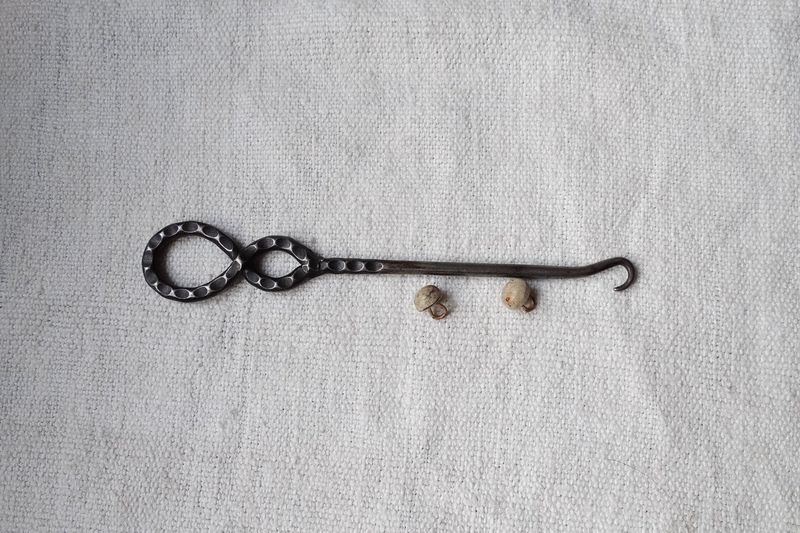
Victorian and Edwardian fashion demanded tiny buttons on everything from gloves to boots. This slender metal tool with a small hook at the end slipped through buttonholes, grabbed the button, then pulled it through the tight opening.
Without button hooks, getting dressed could take hours. Women’s boots might feature 20+ buttons running up the ankle and calf, all requiring individual fastening.
Wealthy households owned ornate button hooks with silver or mother-of-pearl handles. On the other hand, everyday versions featured simple wooden grips that served the same practical purpose.
9. Oil Lamp Trimmer
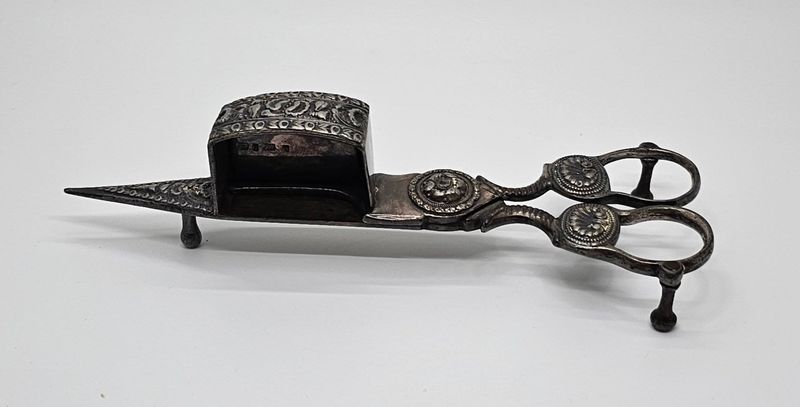
Before electricity illuminated homes, oil lamps required regular maintenance for optimal light. These specialized scissors featured a small box on one blade to catch trimmed wick without creating a sooty mess.
Regular trimming kept flames even and prevented black smoke from dirtying walls and ceilings. The pointed end doubled as a pick to clean clogged wick tubes when oil flow became restricted.
Lamp maintenance was typically done during daylight hours, preparing for evening illumination. Every household member learned proper trimming technique, too short and the flame died, too long and smoke billowed.
10. Bed Key
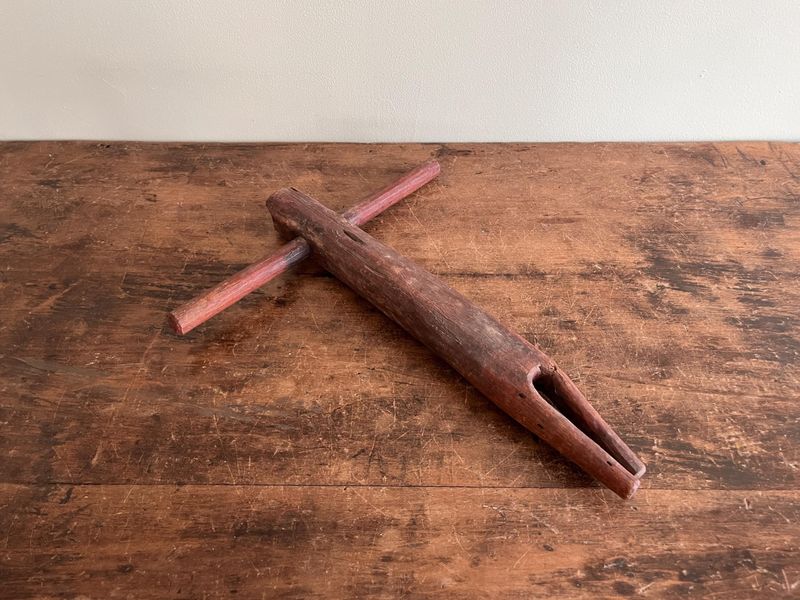
Ever wondered why people used to say “sleep tight”? It wasn’t just a cute phrase, it was bed maintenance! Before box springs, beds were strung with rope that stretched over time.
I once tried tightening one with a bed key (a giant, wrench-like tool), and let’s just say my arms still remember.
Twist the ropes through the frame holes to firm things up, no saggy middles allowed. Metal keys later replaced wooden ones for better grip, and most hung nearby for quick tune-ups during weekly chores. Who knew bedtime came with manual labor?
11. Sock Darner
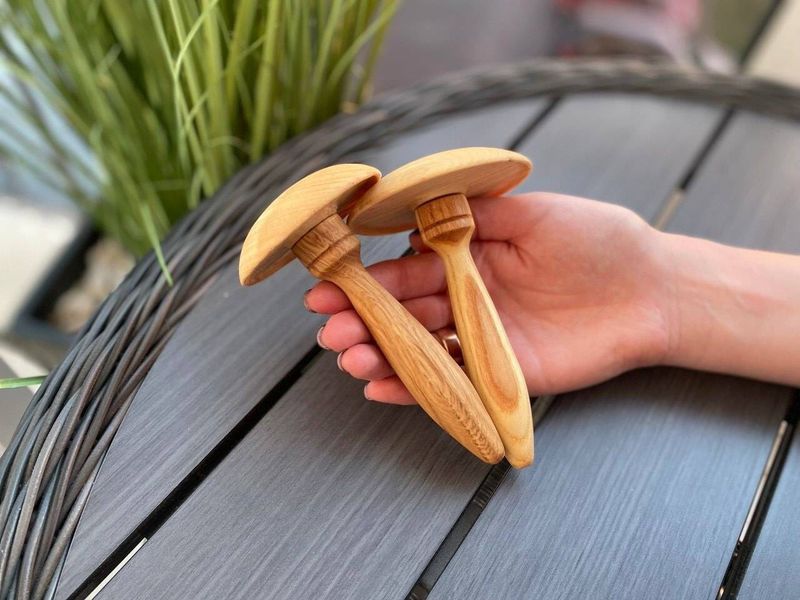
Different from darning eggs, these specialized tools resembled a mushroom with an extra-long stem. The wooden handle allowed you to hold it steady inside a sock while working on repairs without cramping your hand.
The smooth rounded head provided the perfect surface tension for creating even stitches across holes. Some models featured adjustable-width heads for different sock sizes from children’s to men’s work socks.
Professional darners could repair a pair of socks in under 10 minutes using these ergonomic tools. Thrifty households passed darning skills through generations until cheap mass-produced socks became readily available.
12. Button Box

Who knew buttons could tell stories? Before tossing clothes was a thing, families saved every button in a dedicated box. Worn-out garments got snipped, and the buttons lived on, waiting for their next mission.
From shiny mother-of-pearl to chunky brass, these little pieces of history piled up fast. Kids played curator, sorting them for fun.
And finding a match? Utterly satisfying. The button box was recycling before it was cool. Plus, it made you feel like a fashion detective with a mission.
13. Flat Iron
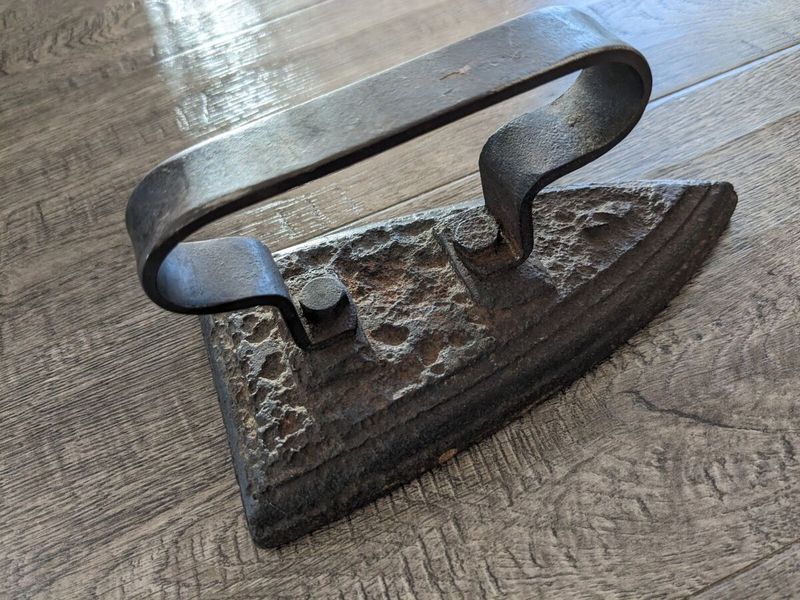
In the era when glowing coals were the only source of heat, heavy metal irons were warmed directly on woodstoves. Smart homemakers kept several rotating, one heating while another pressed clothes, using padded handles to avoid burns.
Testing temperature required spitting on the bottom, if saliva sizzled away instantly, the iron was ready. Too hot meant scorched fabric, too cool left wrinkles.
Ironing day ranked among the most dreaded household chores, especially in summer when stove heat made the house unbearable. Winter brought the small consolation of welcome warmth while pressing the family’s Sunday best.
14. Coal Scuttle
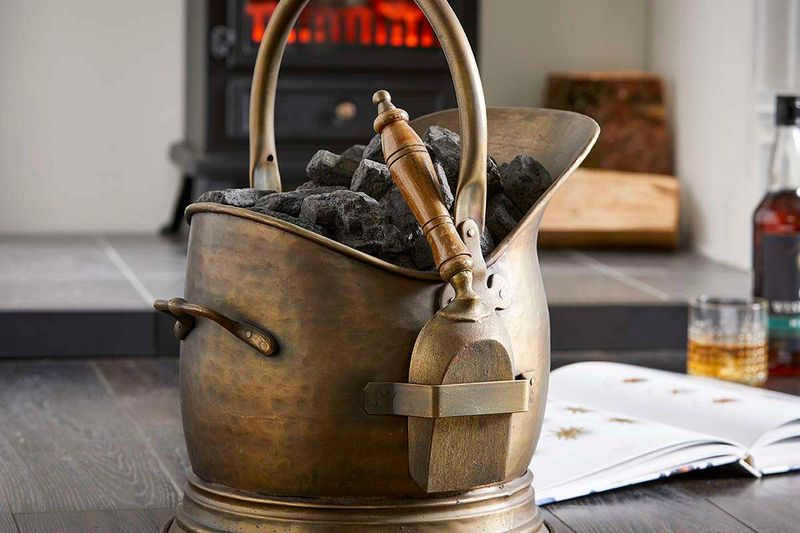
These decorative metal buckets transported coal from storage to stoves and fireplaces. The distinctive sloped design with wide mouth and narrower bottom allowed easy scooping while minimizing spillage across floors.
Matching long-handled shovels accompanied most scuttles for transferring coal without dirtying hands. Brass or copper versions adorned upscale homes, while humble tin served working-class families equally well.
Children’s chores often included keeping scuttles filled from the coal bin. The distinctive metallic sound of coal chunks hitting the scuttle announced winter evenings as families prepared to heat homes for the night.
15. Sock Stretchers

After washing wool socks, these wooden forms prevented shrinkage and maintained proper shape during drying. Insert the adjustable stretcher while socks remained damp, then expand to the desired size using the spring mechanism.
Various sizes accommodated everything from children’s school socks to men’s thick work socks. The perforated design allowed air circulation for faster drying while maintaining perfect sock dimensions.
Households typically owned several pairs, allowing multiple socks to dry simultaneously on laundry day. This simple tool extended sock life considerably by preventing the felting that occurs when wool dries without tension.
16. Stereoscope Viewer
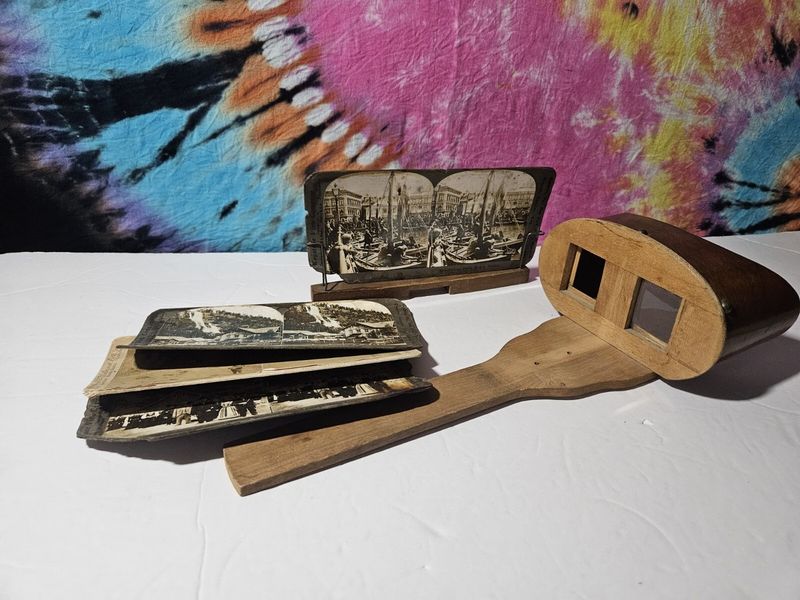
How did people journey the globe without packing a suitcase? Before television flickered to life, families turned to magical handheld windows called stereoscopes.
Pop in a double-image card, peek through the lenses, and suddenly flat photos burst into dazzling 3D scenes. From far-off lands to historic moments, these curious cards opened doors to adventure and learning.
The trick? Each eye sees a slightly different picture, fooling the brain into seeing depth where none truly exists.
Victorian parlors proudly displayed these wonders, virtual reality way ahead of its time. Kids couldn’t wait for new cards, eager to explore places their feet had never touched.
17. Telephone Table
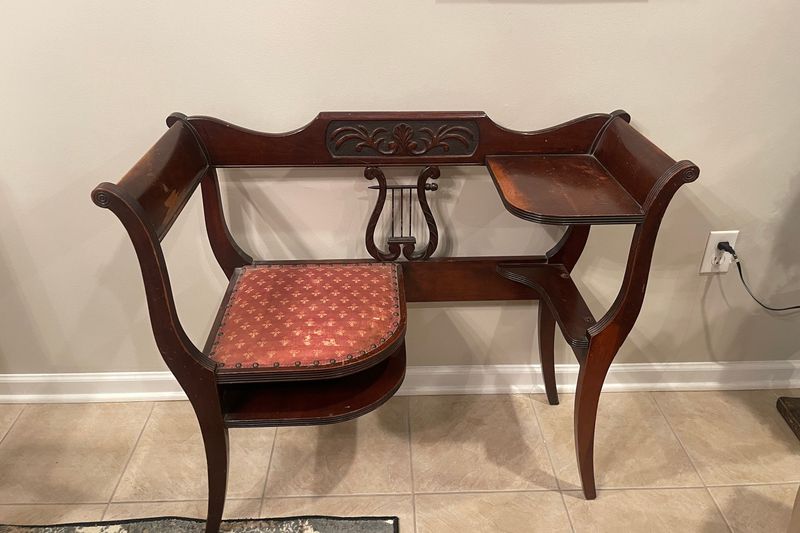
When phones stayed tethered to walls, these specialized furniture pieces created dedicated calling stations. The small footprint included just enough surface for the phone, a notepad, and perhaps a telephone directory.
Most featured a built-in seat where callers could comfortably perch during conversations. The attached drawer stored phone books, message pads, and pencils, everything needed for efficient communication.
Strategic placement in hallways or between living spaces ensured some privacy while remaining within earshot of the rest of the house. These charming furniture pieces became obsolete once cordless phones arrived.
18. Carpet Sweeper
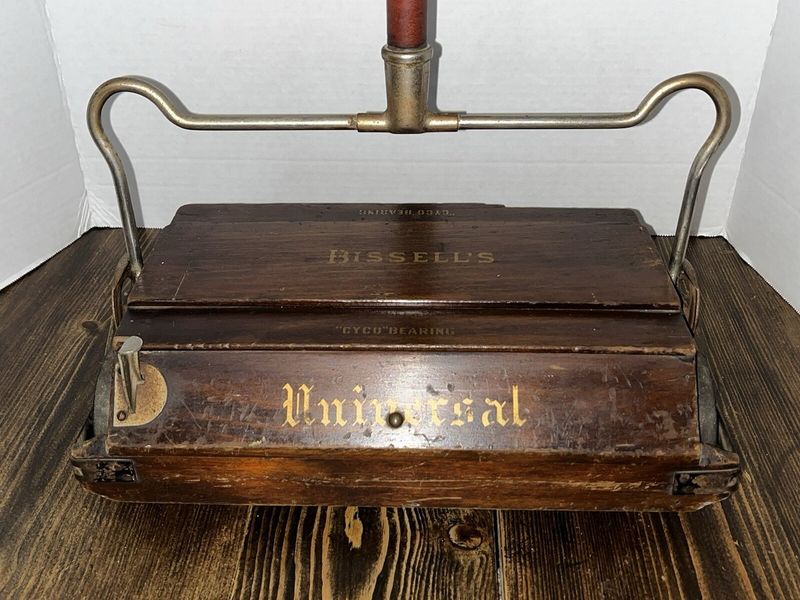
Quietly rolling across carpets, hand-powered sweepers were the unsung heroes of household chores. Pushed along floors, their rotating brushes collected debris into an internal compartment, no electricity needed.
Whisper-quiet, they let you clean during naps or conversations. Less powerful than modern vacuums but effective for daily use, their simple emptying kept dust clouds at bay.
They were a clever, practical solution in every tidy home.
19. Finger Bowl
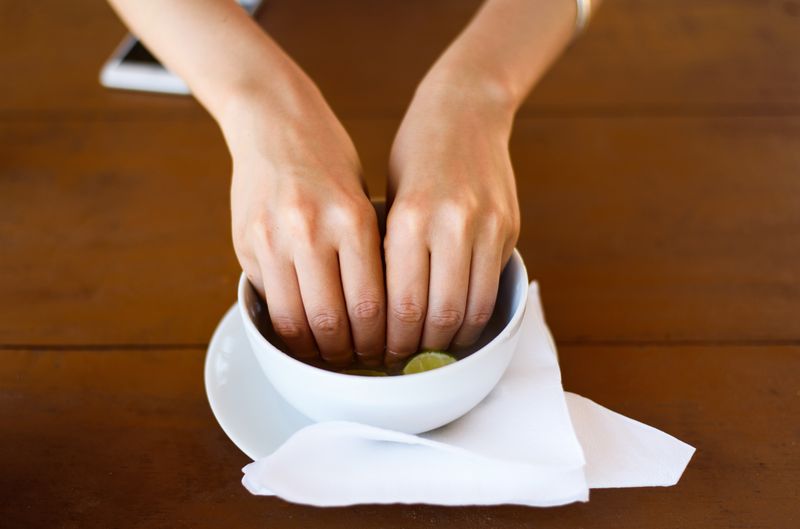
Formal dining once included these small water-filled bowls between courses to cleanse sticky fingers. Typically appearing before dessert, they contained lukewarm water sometimes scented with lemon or flower petals. (And yes, they were basically the original “finger spa”, minus the cucumber slices.)
Finger bowls represented refined dining at its height, when multiple courses created legitimate need for clean fingers. Their disappearance coincides with simplified dining customs and improved utensil designs that reduced finger contact with food.
20. Sewing Bird Clamp
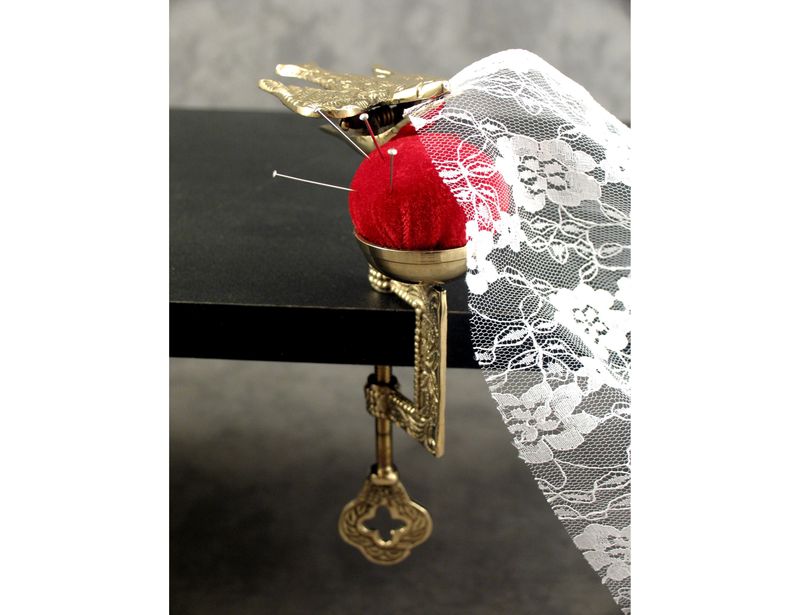
This charming tool clamped to table edges, holding fabric taut while sewing long seams by hand. The decorative bird design featured a spring-loaded beak that gripped material when the tail was pressed.
Most models included a small pincushion on top for convenient needle storage during work. Some featured additional clamps for holding thread spools or small scissors within easy reach.
Before sewing machines became household standards, these practical tools prevented hand fatigue during long sewing sessions. The whimsical bird designs transformed a utilitarian object into a treasured sewing companion that often became family heirlooms.
21. Clothes Wringer
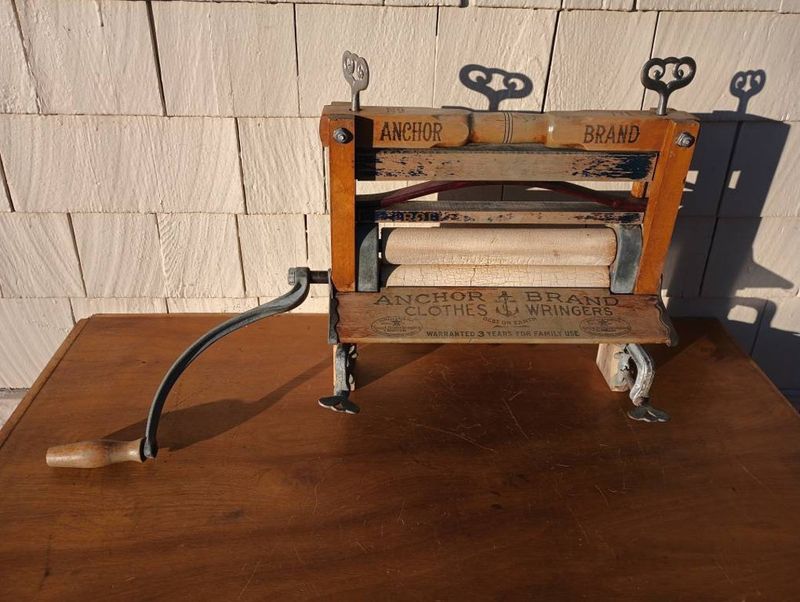
What’s the secret to squeezing every drop of water from laundry before spin cycles? These hand-cranked wringers pressed wet clothes between tight rubber rollers, forcing water back into the washtub below.
Fingers had to dance carefully to dodge painful pinches, while buttons and hooks demanded extra caution to avoid disaster. Though a workout for the arms, wringers sped up drying, especially when the weather refused to cooperate.
That satisfying splash of water flowing back into the tub was music to every laundry-lover’s ears.

